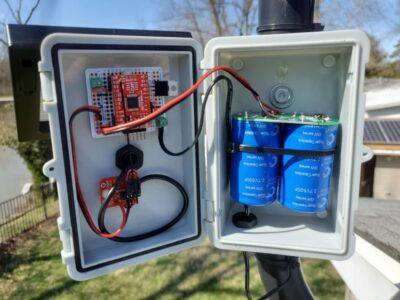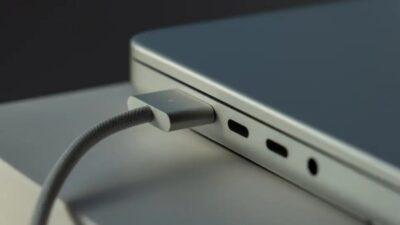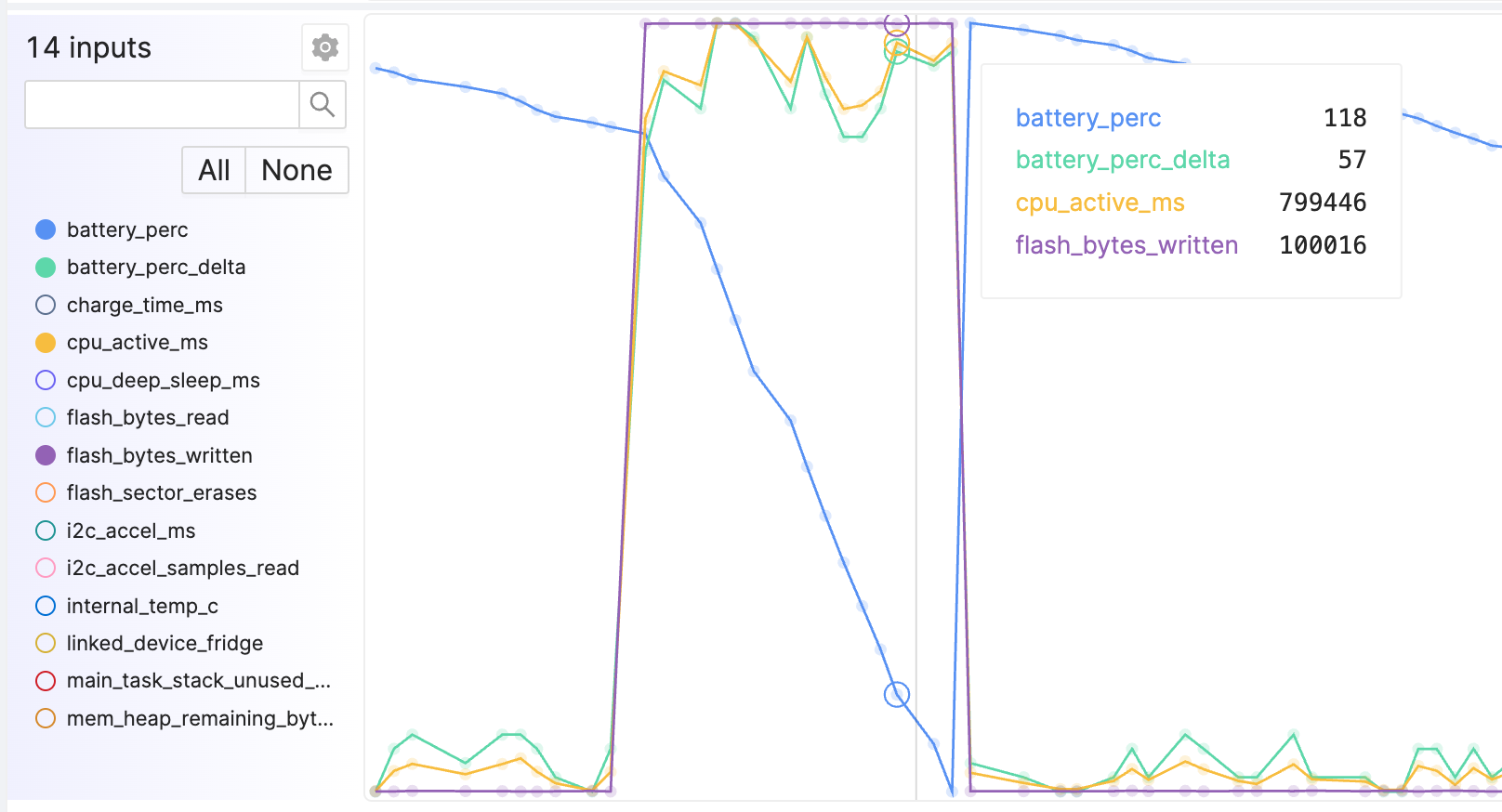One person like that
#batterylife
Wireless Weather Station gets Solar-Powered Supercap Upgrade

Supercaps are certainly not a drop-in replacement for rechargeable batteries, but it can get irritating having to climb onto a roof every few months to switch out the rechargeable batteries. My latest Ambient Weather station is using expensive single use batteries which last about 2 years, so I’m living with it, but my previous Acurite 5-in-1 station was also chewing through rechargeable batteries.
Supercaps do charge very quickly, and their lifetime use can be a good 30% or longer than rechargeable batteries. But they take up more space, and they discharge linearly, so other allowances need to be made for their use. But even so they may be worth considering for some use cases.
Using supercaps though for this weather station example, the monitoring device is showing that the supercaps were fully charged in just an hour and a half on a sunny morning, and maybe three or four times that on a dark and rainy day, which is pretty good.
See https://hackaday.com/2022/04/07/wireless-weather-station-gets-solar-powered-supercap-upgrade/
#technology #supercaps #weatherstation #PWS #batterylife
#Blog, ##batterylife, ##pws, ##supercaps, ##technology, ##weatherstation
One person like that
Apple responds to iOS 15.4 battery drain on iPhones — here’s the advice that probably applies to any OS

Apple’s response to the issues raised was: “Thanks for reaching out! We’ll be happy to help. It’s normal for your apps and features to need to adjust up to 48 hours after an update”.
That is quite true, and also sometimes an OS needs even a second reboot for all updates to apply. Usually this will sort out any oddities after an OS upgrade.
See https://www.tomsguide.com/news/apple-responds-to-ios-154-battery-drain-on-iphones-heres-the-advice
#technology #apple #upgrades #updates #batterylife
#Blog, ##apple, ##batterylife, ##technology, ##updates, ##upgrades
Android 13 will alert you when an app is draining your phone’s battery in the background

The upcoming version of the OS will display a notification whenever an app drains excessive battery within 24 hours (via 9to5Google), irrespective of whether it targets the Android 13 SDK. Google notes the warning will not be shown when an app’s foreground service is consuming a lot of battery until it is finished running or the user dismisses the notification — it will only be displayed if the high power consumption continues in the background after that. After the initial message, the warning won’t be shown again until at least 24 hours later.
This is good news as sometimes a rogue app can really deplete the battery and that is only spotted when the battery is near dead.
#technology #android #battery #batterylife
#Blog, ##android, ##battery, ##batterylife, ##technology
2 Likes
Use This Free App to Make Your MacBook’s Battery Last Longer – AlDente can help slow the process

Modern MacBooks feature exceptional battery life, but like most batteries, they will degrade over time. Around a year after you buy a MacBook, its battery begins to show some performance issues, and their ability to hold a charge diminishes the longer you use them. There’s not much you can do to stop this process from happening, but there is an app that can help reduce the speed at which your MacBook’s battery degrades.
AlDente’s free tier lets you set both a lower and upper limit on how much your MacBook can charge. If you set these limits between 20 and 80%, you’ll be able to maintain your MacBook’s battery health for much longer. You can also force your MacBook to run on battery power, even when it’s connected to a charger. Whenever your MacBook hits the 80 percent charged mark, AlDente will make it switch to battery power until it reaches the lower end of the charging limit.
With Apple’s Optimised Battery Charging, MacOS will try to find out your charging and working schedule and prohibits charging above 80% for a couple of hours overnight. If you have an unregular schedule, this will not work, and it will still charge up to 100%, just a little bit later. With AlDente, you take full control over your MacBooks charging behaviour.
See https://lifehacker.com/use-this-free-app-to-make-your-macbooks-battery-last-lo-1848616014
#technology #batterylife #batteries #macOS #macbook
#Blog, ##batteries, ##batterylife, ##macbook, ##macos, ##technology
How to optimize laptop battery life with TLP on Linux

When using Linux on mobile devices such as Laptops, it is very important to tune the right kernel parameters in order to optimize battery life. Tlp is a highly customizable, free and open source command line utility released under the GPLv2 license (the source code is hosted on github) created with this exact goal.
Tlp can be used to perform a vast range of other power saving tweaks: the best way to know them is to take a look at the configuration file and see how they are implemented. The linked tutorial shows how to install and configure Tlp on some of the most used Linux distributions.
See https://linuxconfig.org/how-to-optimize-laptop-battery-life-with-tlp-on-linux
#technology #linux #laptops #batterylife #opensource
#Blog, ##batterylife, ##laptops, ##linux, ##opensource, ##technology
One person like that
DOE, Stanford researchers bring ‘dead’ lithium batteries back to life, by changing the charging algorithm, and adding 30% extra life
What Cui’s team found was that they could get the lost ions moving again by effectively dumping the battery’s stored energy really fast. The “dead” ions sort of “go with the flow,” and many find their way back to an electrode and get back to work.
“We found that we can move the detached lithium toward the anode during discharging, and these motions are faster under higher currents,” Fang Liu, a Stanford post-doctoral fellow and lead author of the study, told Science Daily. “So we added a fast, high-current discharging step right after the battery charges, which moved the isolated lithium far enough to reconnect it with the anode. This reactivates the lithium, so it can participate in the life of the battery.”
The results of the study were validated with multiple test batteries and through computer simulations.
See https://electrek.co/2022/01/05/doe-stanford-researchers-bring-dead-lithium-batteries-back-to-life/
#technology #environment #ev #batterylife
#Blog, ##environment, ##technology
One person like that

